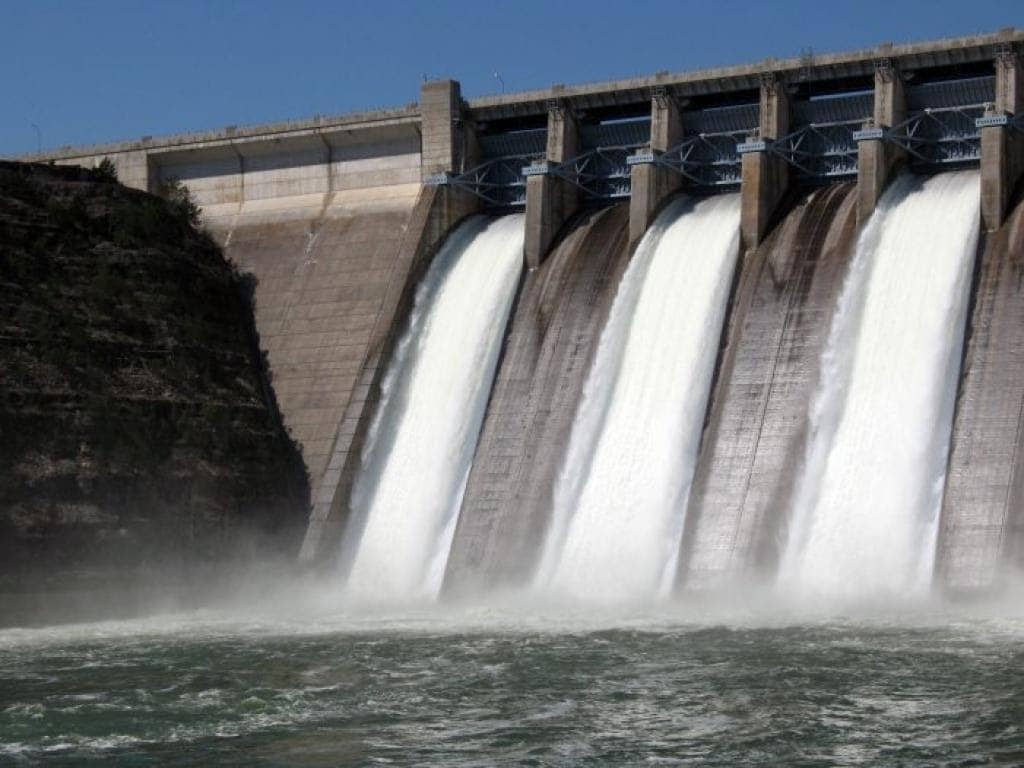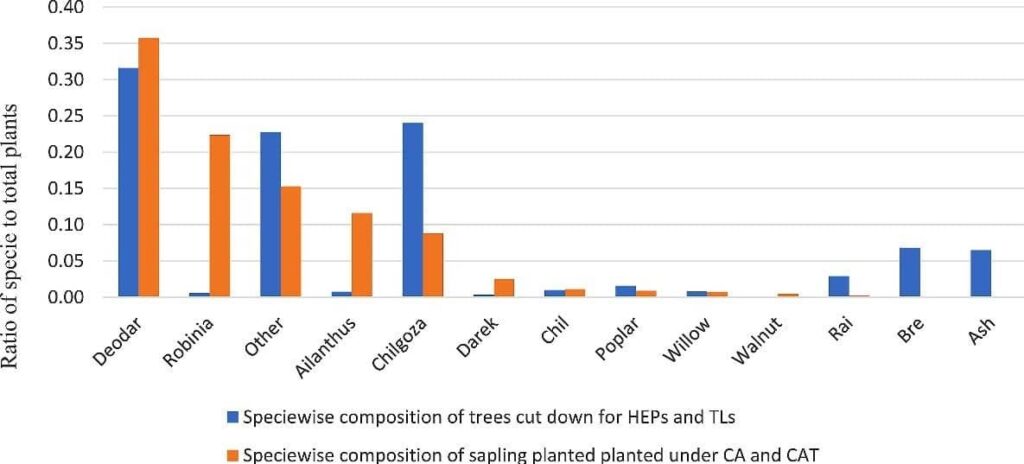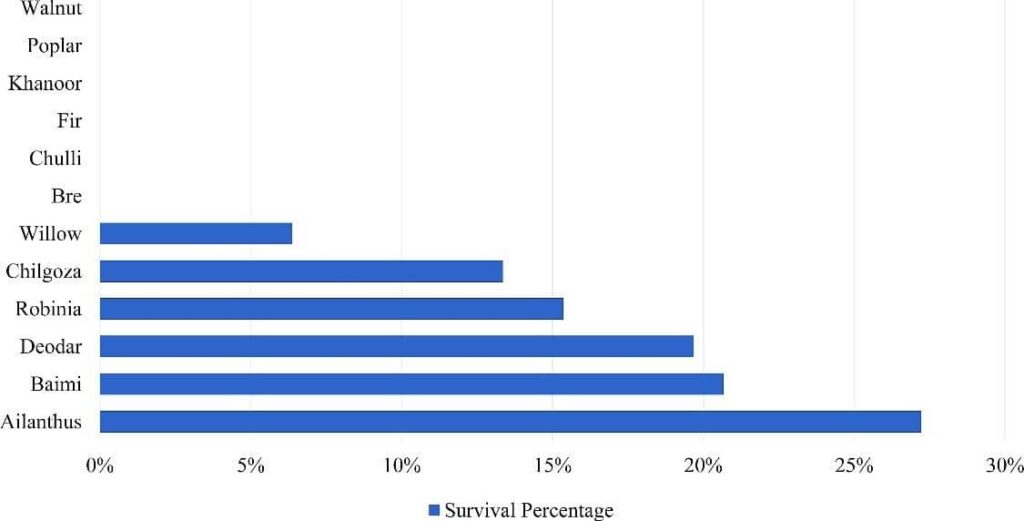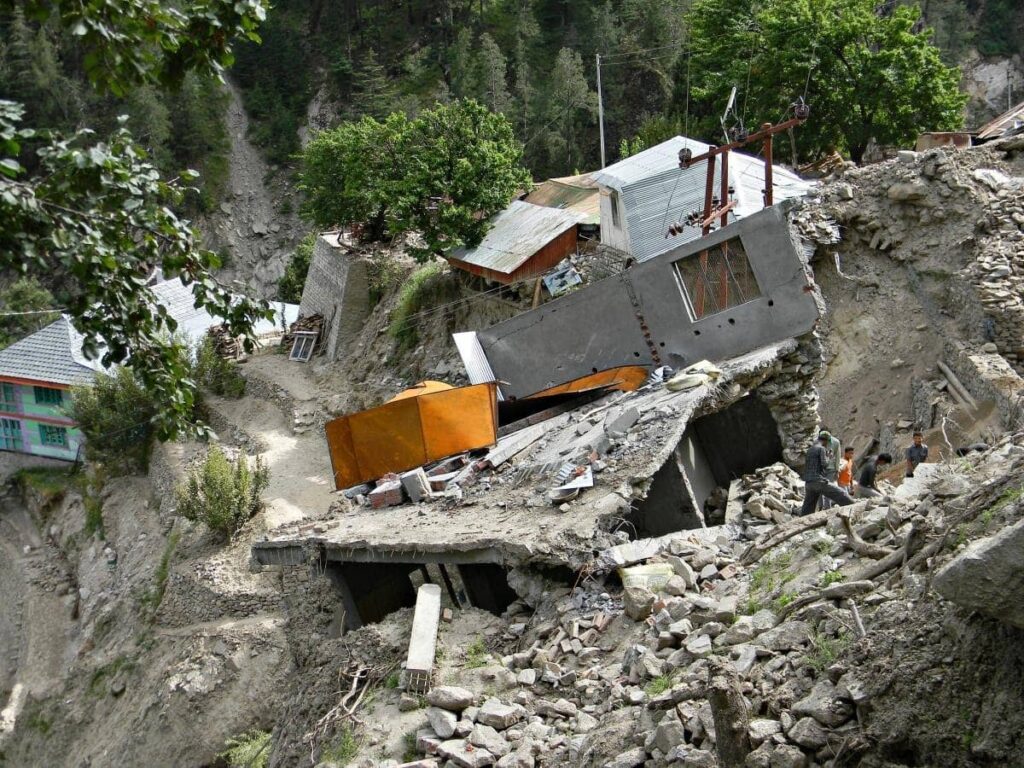Hydroelectricity, today, has become one of the most popular sources of power generation in India. Considering the environmental hazards and the non-renewable nature of resources like coal, it was imperative for the country to adapt to newer, cleaner ways of power generation and thus, the power of hydroelectricity was tapped. However, as the hydel power industry gradually grew, a question of, ‘Is the hydro-power generation really eco-friendly?’ became of paramount importance. In the last decade, the state of Himachal Pradesh has become the biggest producer of hydropower, exhibiting an installed capacity of 10,500 MW.

Among the various regions of Himachal which have displayed great potential for hydropower development, Sutlej River basin remains at the top with more than 50% of the installed capacity. The district of Kinnaur, situated at the upper regions of the Sutlej basin, has become the centre for hydroelectric projects. Kinnaur, a tribal district in the western Himachal, mainly comprises of cold deserts and displays a weak topographical structure. Being a home to various tribal communities, the region is rich and diverse in culture. Kinnauri apples and Chilgoza pine are the two crops that make up a huge market for Himachal.
Kinnaur has seen various developmental activities in the recent times. Although these projects have promised the people a better quality of life, the hidden cost of these projects has been alarming. The Hydroelectric Projects (HEPs) use the run-of-the-river (ROR) technology, wherein, the energy is harvested through the natural flow rate of the river.
These projects work on a network of tunnels that are dug in the mountains that enable the flow of water and also assist in activities like removal of muck. This technology does not require large reservoirs for storage of water and that is why it is a comparatively a cheaper alternative to the conventional impoundment HEPs. However, despite its advantages, it has not been able to provide for financial security to the residents.
In April this year, the people of Kinnaur took to streets protesting for their rights of land against the setting up of 804 MW Jangi-Thopan Powari Hydroelectricity Project in their region. More than 80% of the population of Kinnaur is dependent on agriculture and forest activity as their main source of income but due to heavy construction and endless quarrying activities, large patches of their agricultural and forest lands have been seized.
Moreover, Kinnaur is a rain-shadow region which heavily relies on Sutlej River and its tributaries for water for domestic and irrigation purposes. The process of creation of tunnels has destroyed the natural capacity of the river and has created dry patches where no agricultural activity can take place.

One of the major cash crops of Himachal is Chilgoza Pine or Pine Nuts. They require little to no maintenance and have been a huge profit-driver for the farmers of Kinnaur. In addition to this, chilgoza has been proven to be very nutritious and is often used for medicinal purposes. Regardless of the importance of this endangered species of tree, wide scale clearance of forest has been observed in the region. During the development of HEP Tidong I, more than 10,000 trees were destroyed even though the sanction for it had a limit of around 1000 trees.
Similar case has happened with the Deodar trees and the apple orchards of Tidong valley. Due to the construction process, there has been a 30% reduction in the production of good quality apples in some villages. This incessant process has not only led to a huge increase in air and noise pollution but has seriously threatened the flora and fauna of the Kinnaur region leaving the villagers with little income for their sustenance.
The Government of India has made it compulsory to restore the loss of forest cover which has been utilized for developmental projects by ‘Compensatory Afforestation.’ Findings from the Forest Department of Kinnaur have shown that there are only a few sites that are appropriate for plantation in Kinnaur, but as Compensatory Afforestation is mandatory; they have to mandatorily implement the policy in other districts of Himachal to make up for the loss of vegetation cover in Kinnaur. In addition to this problem, the trees that are destructed for HEP purposes are local.
The survival rate of the samplings of such species is far less as compared to the exotic species of the plants that are sown in lieu of the indigenous plants. As a result, the forest with a new composition of species of trees is creating a massive disbalance in the ecosystem of the region. The graphs below depict how some species like Robinia, which are to an extent harmful for the agricultural fields, spread rapidly in comparison to local trees like Willow and Chilgoza.


Hilly regions have a fragile geography and even a slight change in the topographical condition can lead to serious environmental and natural hazards. As Kinnaur faces extensive quarrying activities, it has become a site of increased landslides, sometimes accompanied by earthquakes and floods. A disastrous landslide, as a result of floods in the Pangi village of Kinnaur in 2013, resulted in the destruction of a village.
This landslide was reported to be triggered because of the construction activity that had taken place to establish the Kashang Hydroelectric Plant before. Similarly, the blasting process to construct the 100 MW Karchham Wangtoo Project has resulted in drying up of natural springs which has led to cases of acute water shortage. The muck which is removed from these tunnels also has been proved to be hazardous for the water bodies.
Kinnaur being a tribal district comes under Schedule V of the Indian constitution. A pre-environment sanction and a no-objection certificate from the Gram Panchayat are compulsory before a developmental project is initiated. The authorities of the project need to disclose all the information to the panchayat as well as to the public.
Generally, in cases like these, the Sarpanch and some other authorities of the village are notified about the same but as they themselves are not completely aware of the consequences of the project in long-term, they are not able to stop the projects from being carried out. In addition to this, grant of leasing rights, transfer of title deeds and other legal processes are not carried out efficiently because the people from the villages are not fully made aware of their rights.

Hydropower projects are significant for the progress of a nation but a closer look at the establishment of these projects has brought out stark realities about its return on investment. The effect that HEPs have left on the local region and its people is not limited to their culture and livelihood but at a greater extent is also affecting the country’s ecology and diversity. It is important for us to analyze the opportunity cost that these projects bring with them.
Stricter safety norms, a more open consultation with the local people, and a regular assessment of the developmental projects will play an indispensable part in the long-term success of hydroelectric projects and a better future for the people of Kinnaur.
Written by- Stuti Rai
Edited by- Sohini Roy
